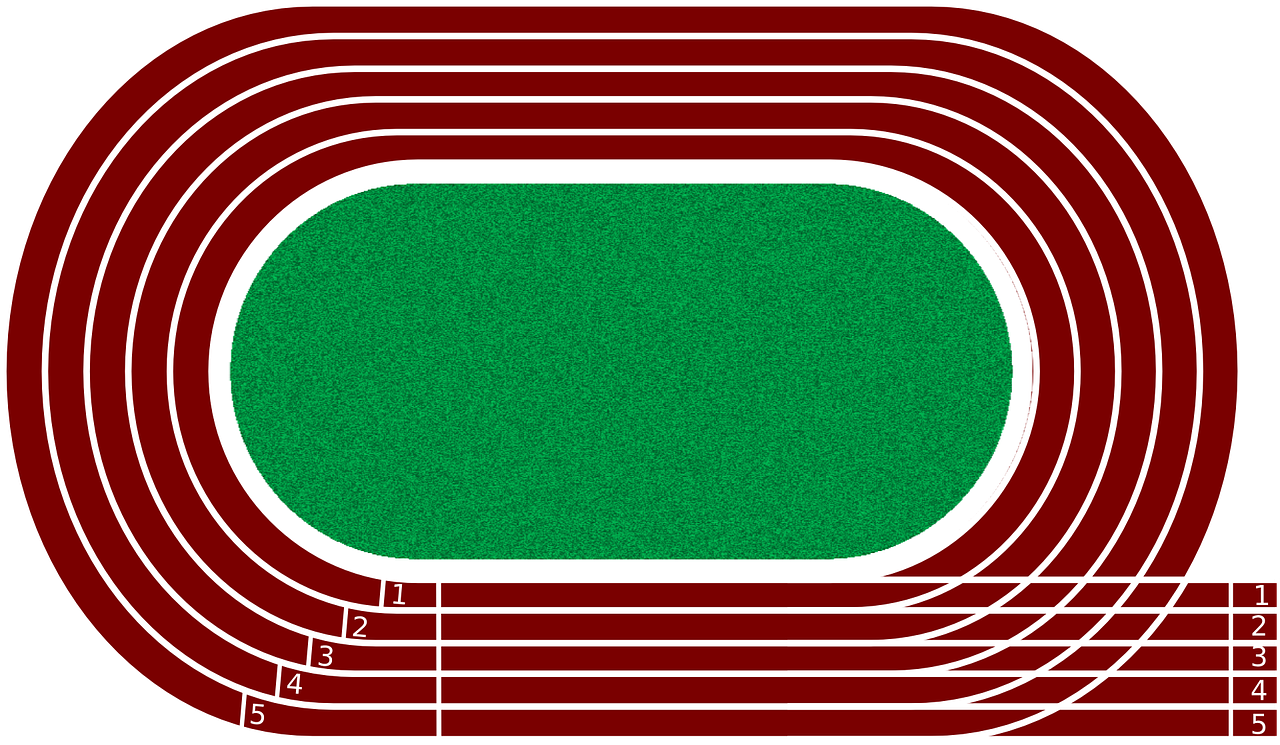Track running can be a great way for road runners to train, there’s no denying that, but what about the downsides? Let’s explore the pros and cons of track running, and how you can make it work within training for a marathon.
The benefits of track running
If you’re running on a track with friends or your club, it allows a competitive side to come out for everyone involved, even if you’re not at the same speed. Catching those ahead or running fast so you stay within 200m of a particular person by the end of the session can be excellent motivators for hard sessions that would be laborious or reduced if you were to run on your own.
Many clubs use grass or cinder tracks as well which are harder to run on from a strength perspective, meaning your foot and ankle muscles gain more from this than they would on a traditional track. More professional indoor or outdoor track facilities are much easier to run on, and can be ideal for faster sessions if working on 5k speed or any interval session if you live in built up areas that otherwise wouldn’t allow for longer durations of uninterrupted running.
It’s not all positive however.
Track downsides
Tracks have no elevation change, and although shorter road races and marathons alike are seemingly leaning to lower elevations overall, track running doesn’t allow you to work at pace with the types of inclines you’ll have to tackle in a race.
The uneven and shifting surface of cinder and grass tracks can pose a greater risk of injury from slips or trips and overuse of the foot and lower leg muscles. Add to this the repetitive anti-clockwise running on tracks in formal settings such as fitness centres, and you’re also at increased risk of injury due to the continual uneven loading of body on the track bends.
How to overcome the downsides
The uneven loading on the bends can be mitigated on non-formal tracks by alternating the direction of each repetition or switching half way through the session, although in a formal setting you’d likely not be allowed to do this for the safety of other users.
The extra work of the foot and lower leg can be trained gradually. All you need to do is spend a few minutes each day with a small resistance band to build some additional strength and movement in the ankle to significantly reduce your chances of injury from the track.
Whilst there’s no elevation change, if you’re willing to deliberately add hilly routes and hill sessions to the rest of your training, you can get the best of both worlds.
Track use for marathon training
When it comes to marathon training, you can use a track whether you’re in your speedwork block or marathon specific block. The only difference being that you’d want to use track running less as you get closer to the marathon, and the types of sessions you use would obviously shift from 5k based work to more miles at half marathon pace and marathon pace.
Running on a track can potentially help with pacing since you won’t need to look at your watch for distance or stop and start for traffic, meaning you can practice internalising the feel of marathon pace. This can prove especially handy if you’re going to run a marathon in the countryside where there may be patchy GPS signal at times, or a big city marathon with tall buildings creating GPS dead zones.
Whilst track running isn’t completely without problems, they’re generally fairly easily overcome and it can add a different dimension to your training, particularly if you’re running 4-6 days per week in marathon training.
Written by Kyle Brooks, Running Coach based in Norwich, Norfolk

